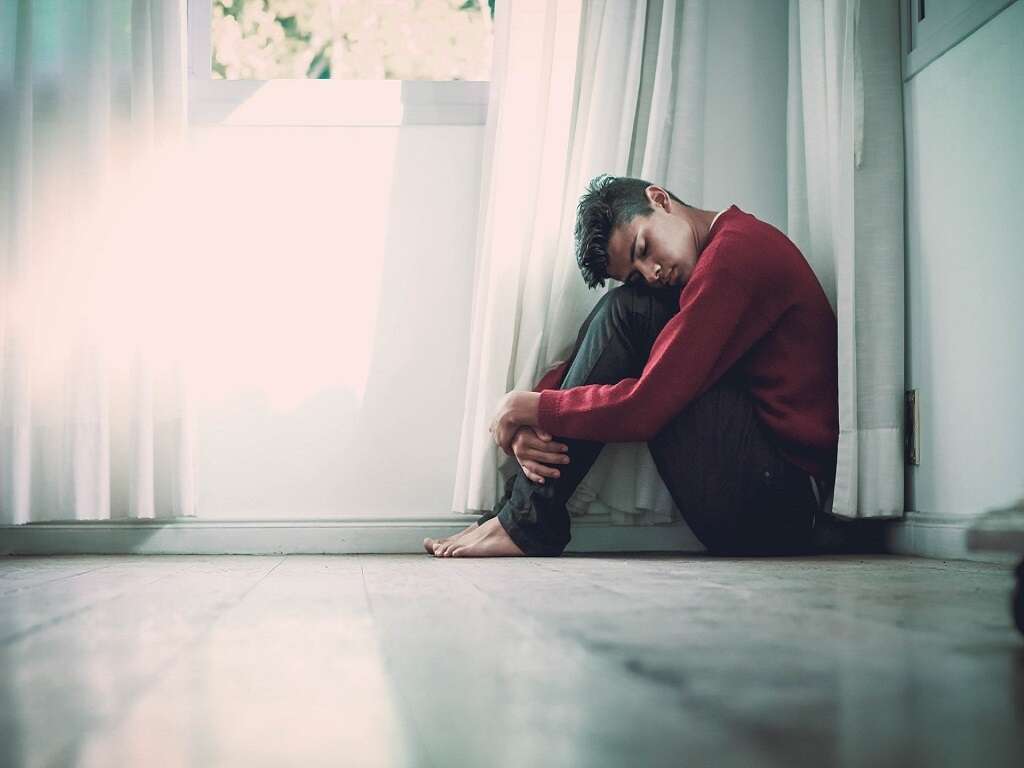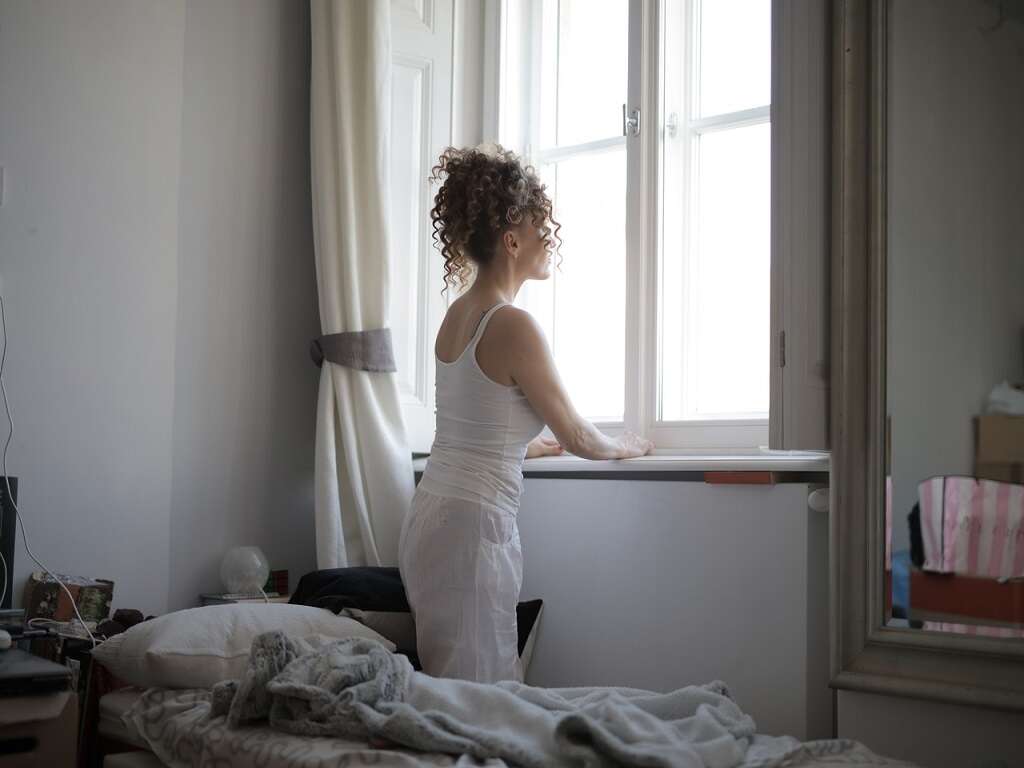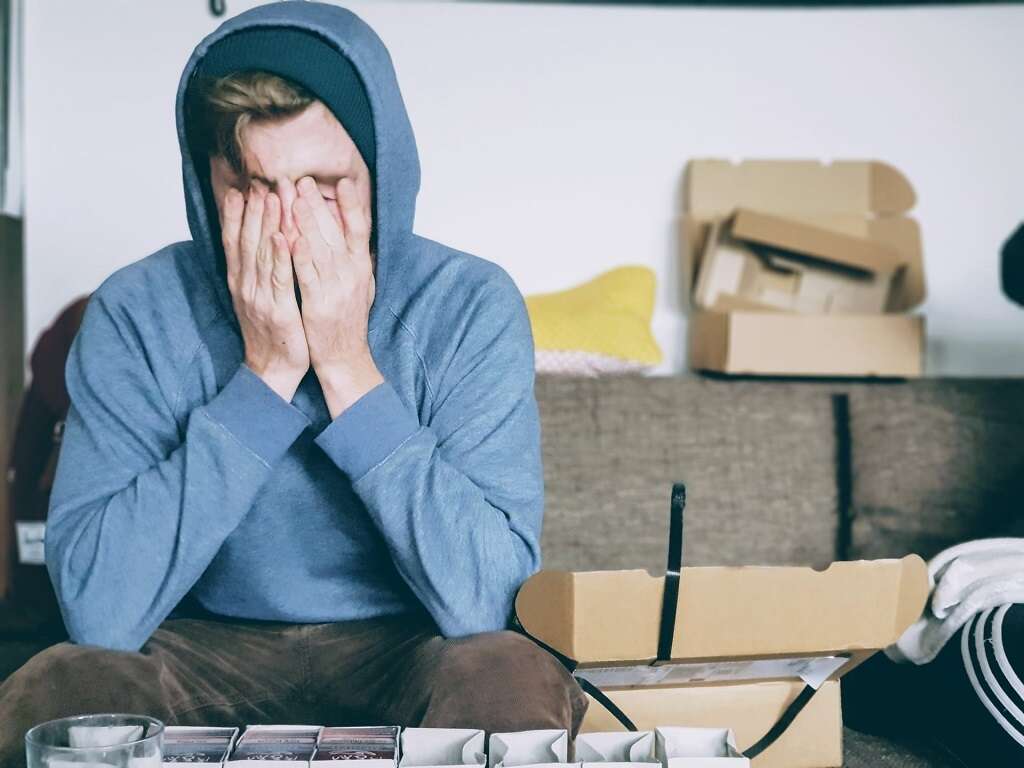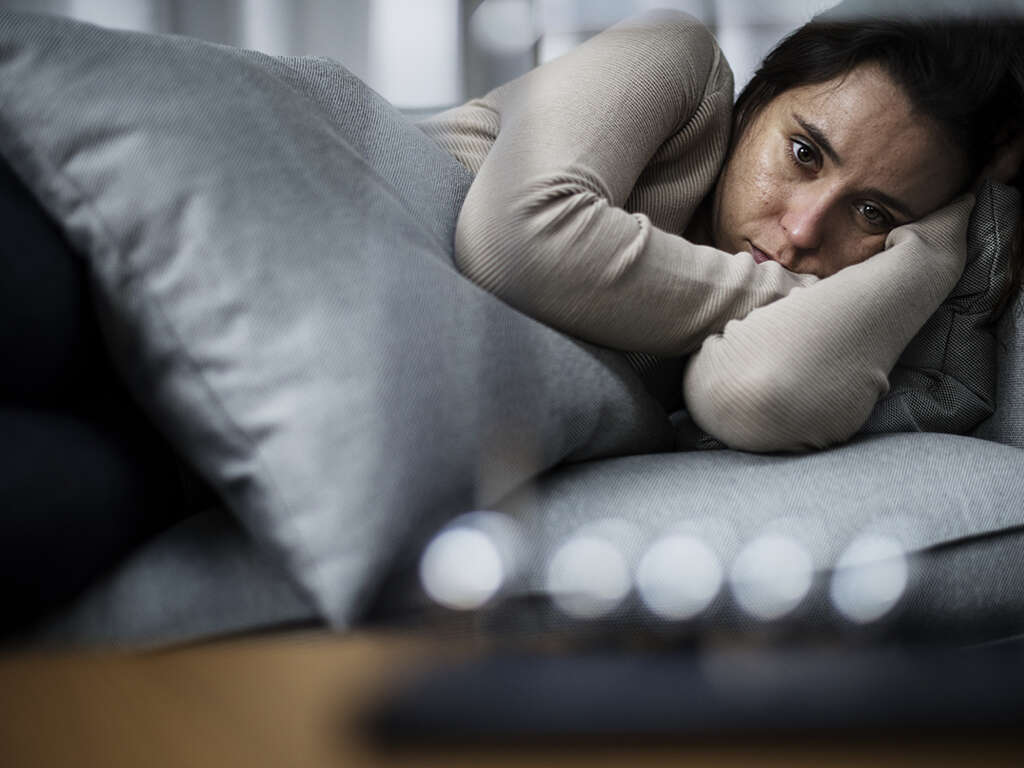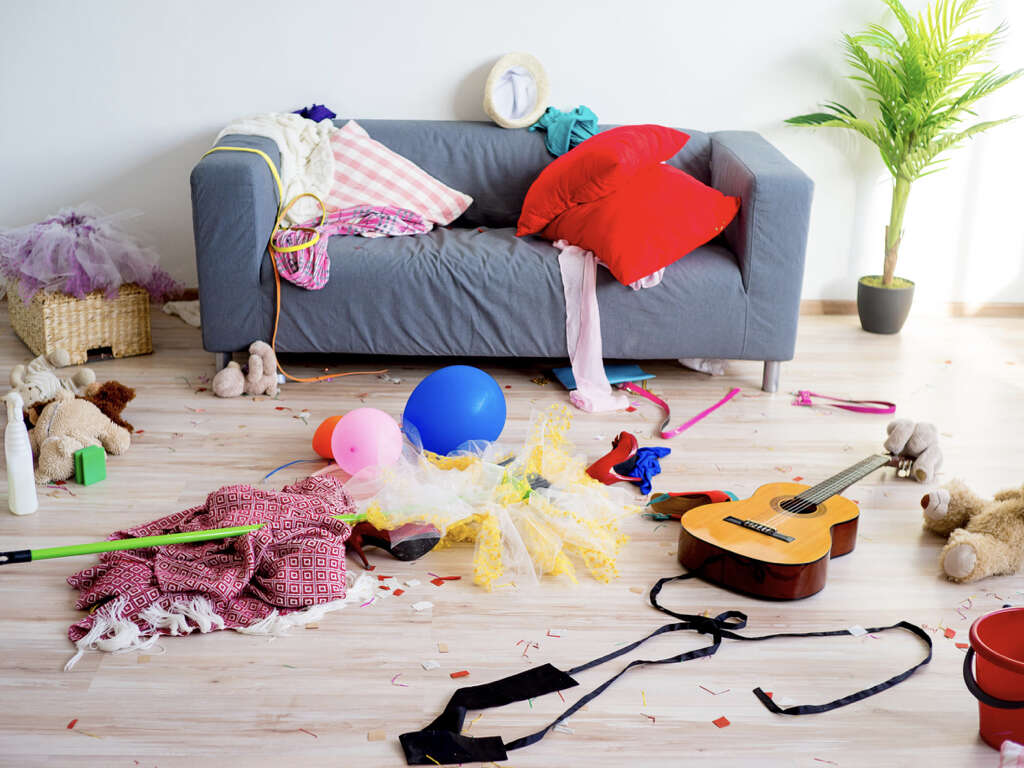What Is Hoarding Disorder?
We all have certain possessions that we don’t want to let go of. Some of them will have a high monetary value, while others will be precious to us in other ways. In other cases, it will simply be a case that we like certain possessions because they look good or they are useful to us.
This is not a problem for most people as we know when certain items should be discarded. This is not the case for everybody, however. Some people will develop a mental health condition called hoarding disorder. It causes the patient to collect and keep items to a point where it can have a negative impact on their lives.
1. Hoarding Disorder
People with hoarding disorder find it particularly difficult to part with possessions. They can find it distressing to discard items, even items that have little to no monetary or emotional value. As time goes by, the patient’s home will gradually become increasingly cluttered by more and more possessions.
The condition can be severe enough to have a considerable impact on the patient’s quality of life. The clutter in the home can get so bad that the patient starts finding it difficult to find anything, and even to have enough space to move. If the clutter builds enough then it can even become dangerous for the patient.
2. Symptoms
The main symptom of the condition is that the patient will begin accumulating possessions. It usually starts when the patient is a teenager or young adult. It may not be noticeable at first but the patient’s living space will eventually become cluttered to the point where it does become noticeable.
The patient will tend to collect and keep things regardless of whether or not they are needed, or if they have the space. In addition, patients with hoarding disorder will also tend to have difficulty organizing and planning in everyday life. They can also be indecisive, and have a need for things to be perfect.
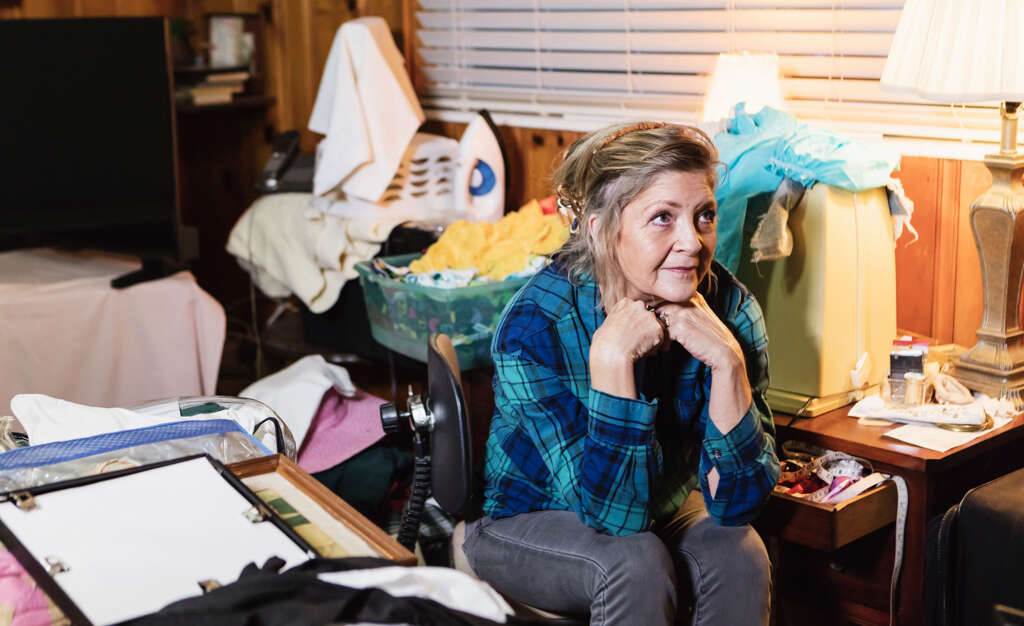
3. Cluttering
As the patient’s possessions gradually accumulate, the problem will become increasingly noticeable. To begin with, there can be items stacked up on top of each other, often in an untidy manner and where they are an eyesore. Hallways can become difficult to navigate as they become blocked.
The clutter can also become very unsanitary as trash, sometimes including food, is able to accumulate. Clutter can also mean that the patient will not have full access to their bathroom and other rooms. The house can become a health and safety hazard for anybody living there, yet the patient will still reject attempts to have the clutter removed.
4. Reasons For Hoarding
Patients with hoarding disorder can give a variety of reasons for wanting to hold on to possessions. One reason they can give is that they don’t want anything to go to waste, and they may feel that even worthless items might be needed in the future.
People with the condition will also claim that items have a certain emotional value to them, even if they have played little significance in the patient’s life. Some will also claim to feel safer when they have their possessions around them. Reasons that the patient will give for wanting to hold on to things will nearly always be irrational.
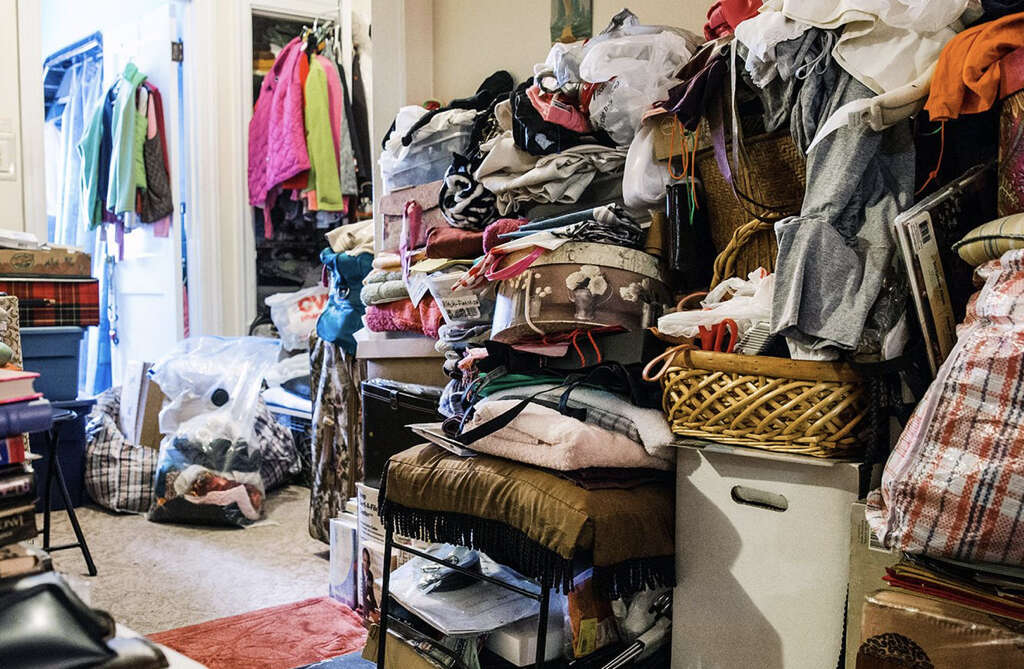
5. Animals
Hoarding disorder doesn’t only happen with inanimate objects. It can also happen with animals. Some patients with the condition will have large numbers of animals in their home regardless of whether or not they have available space. Animals will also often be taken in and kept regardless of whether or not the patient has the time and money to care for them.
Animals that are hoarded will often be kept in cramped conditions, and they will often be unwell due to not being cared for. The patient’s house will also often be heavily soiled by urine and feces, and this can present some very real health issues for the patient and their animals.
6. Other Associated Conditions
Patients with hoarding disorder will also often suffer from other mental health conditions. These conditions will often contribute to the symptoms of hoarding disorder. One condition associated with hoarding disorder is anxiety disorder. Another is obsessive-compulsive disorder, in which the patient has to follow certain, strict routines.
Attention-deficit/hyperactivity disorder is another mental health condition associated with hoarding disorder. Patients with hoarding disorder will also often have depression, which will cause the patient to take their own life in some cases. If the patient is showing symptoms of other mental health condition then it is important to find expert assistance for them.

7. Who’s At Risk
People are usually aged between 11 and 15 years old when symptoms start showing, and older people are also more likely to develop symptoms of the condition. People are also more likely to develop the hoarding disorder if there is a history of the condition in their family.
Some people also simply have a personality that is more likely to make them hoarders. This tends to mean people that have difficulty making decisions. People that have gone through traumatic events in the past such as losing their spouse or losing all their possessions are also more likely to develop hoarding disorder.
8. Complications
Among the most common complications associated with hoarding disorder are directly to do with the clutter in their home. The clutter can be dangerous, causing slips and falls, while there is also a risk of becoming trapped. There is also an increased risk of a fire breaking out.
Hoarders will often be living in unhygienic conditions, potentially leading to illnesses. There can be conflicts with other people, and the patient is also more likely to be living a solitary life. The patient’s living conditions can affect their performance at work, and their habits will sometimes lead to them being evicted from their home.
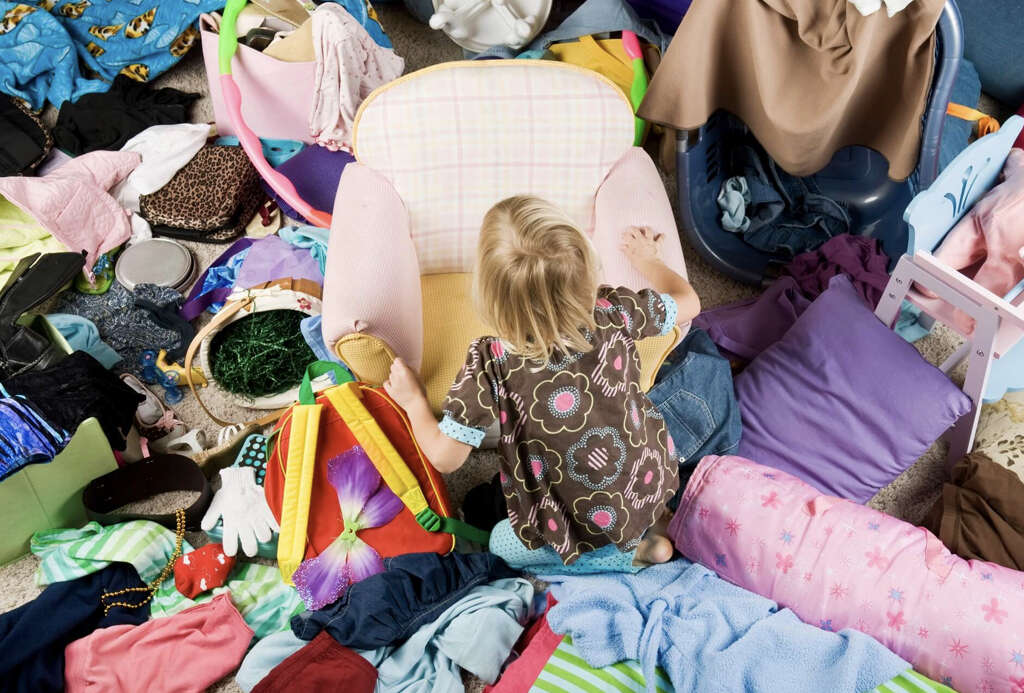
9. Diagnosis
Hoarding disorder tends to be a private thing, and the patient often feels as though they are doing nothing wrong. For this reason, the condition will often go undiagnosed in people that live alone. If the patient is being treated for other mental health conditions, however, then the matter of hoarding will sometimes be asked.
A doctor might want to ask friends and family of the patient about the patient’s living conditions and whether or not they are showing signs of hoarding. If there are clear signs of hoarding disorder then the patient may be asked about their habits, and this can help experts to come to a diagnosis.
10. Treatment
Treatment for hoarding disorder is often very difficult. This is partly because the patient will often not recognize that there is a problem. There is no medication available for the condition, but medication may be prescribed for any other mental health conditions the patient is suffering from.
Treatment for hoarding disorder will typically involve psychotherapy. The therapists will help the patient to recognize that they do have a problem and it needs to be addressed. The patient will also be taught to help manage any distress they might experience over letting go of possessions, and they may be helped with the process of de-cluttering their home.



